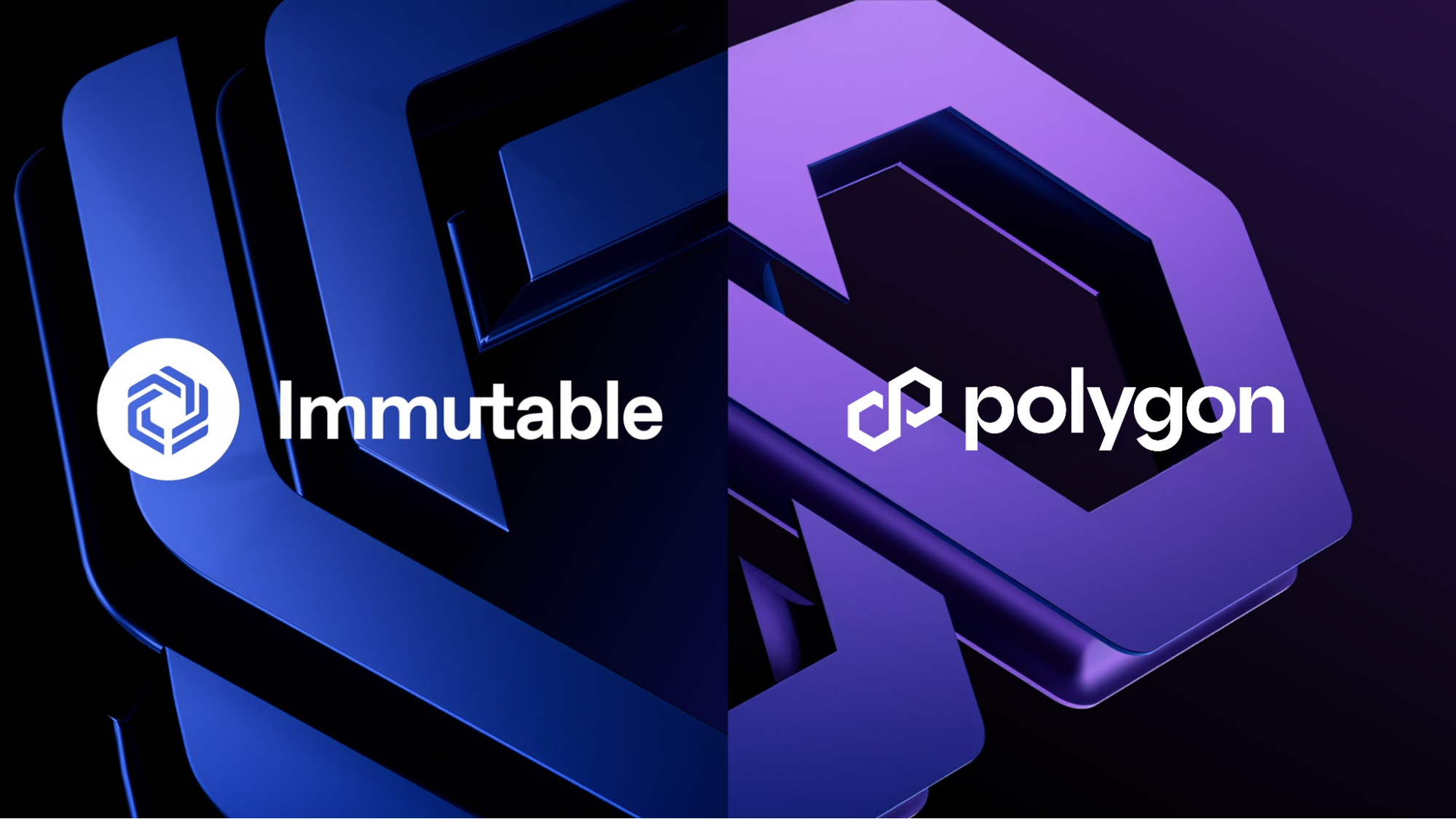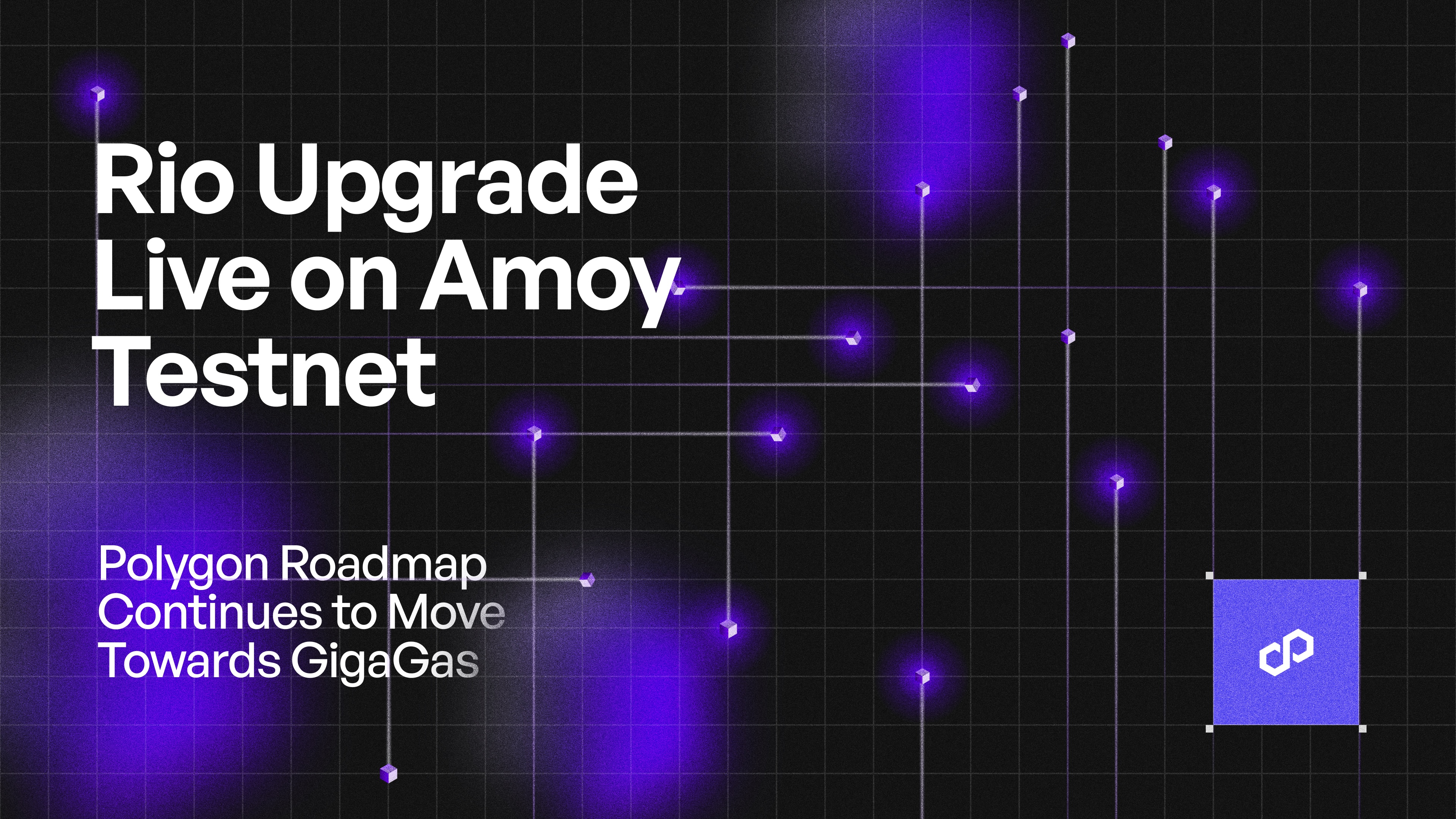Mastercard Selects Polygon to Power Verified Username Transfers for Self-Custody Wallets
Mastercard, Polygon Labs, and Mercuryo are bringing verified, alias-based identities to self-custody wallets, simplifying crypto transfers and advancing the next generation of global payments
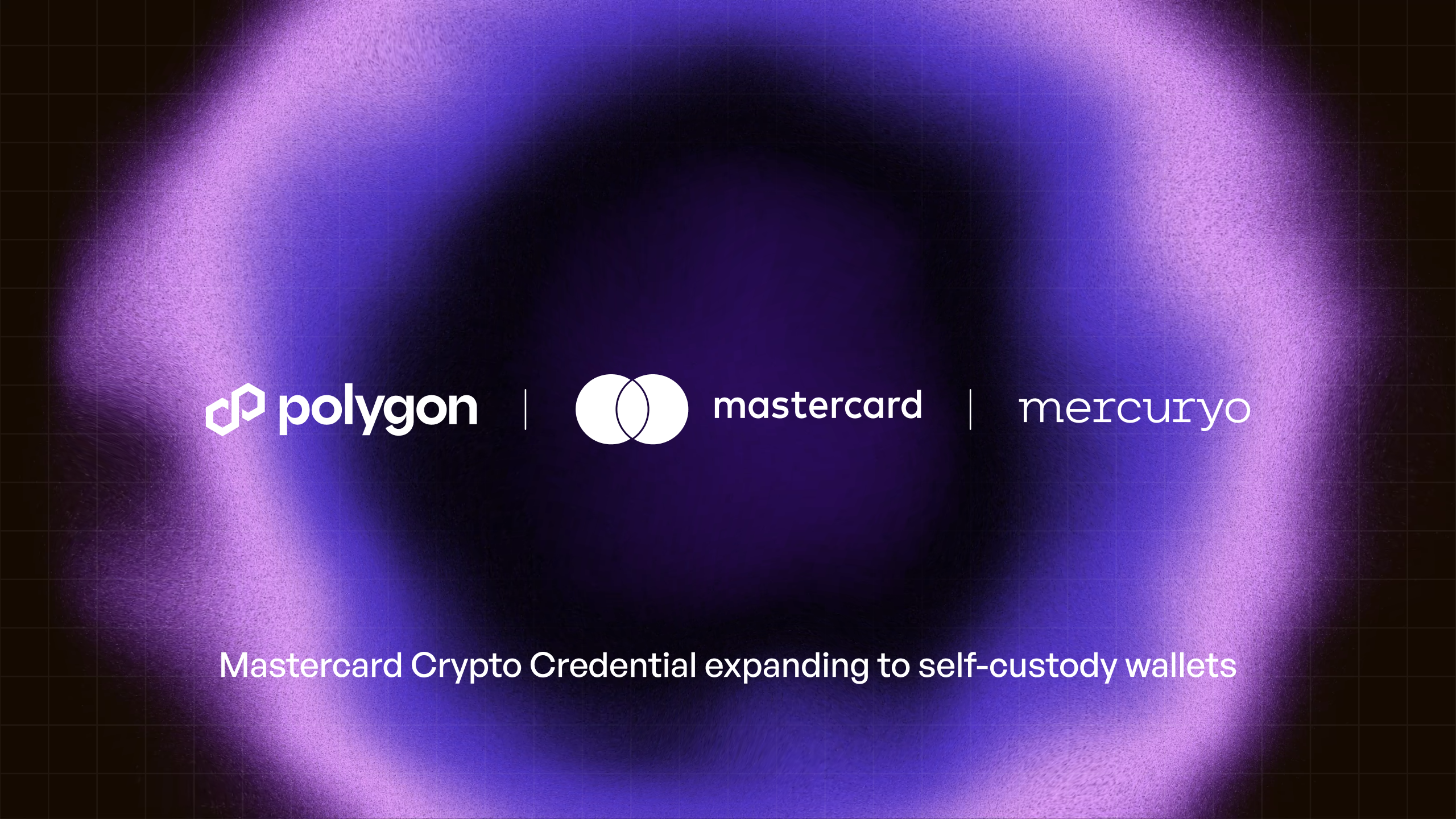
tl;dr
- Mastercard Crypto Credential is expanding to self-custody wallets, replacing long wallet addresses with verified, username-style aliases.
- Polygon is the first blockchain network to natively support this functionality, chosen for its speed, reliability, and payments-focused architecture.
- Mercuryo will onboard verified users and issue credentials, while Polygon provides the instant, low-cost infrastructure required for global-scale identity and payments.
- Together, this brings self-custody into the mainstream: intuitive UX, trusted verification
Mastercard is expanding Mastercard Crypto Credential to self-custody wallets, selecting Polygon as the first blockchain network to support the rollout. Working with Mercuryo, the initial issuer onboarding verified users, the companies are introducing verified, username-based transfers that replace long wallet addresses with simple aliases.
The expansion brings a trusted verification layer directly to self-custody, giving users a familiar way to send and receive assets while keeping full control of their wallets.
It’s a major step toward making self-custody intuitive, secure, and ready for global-scale payments.
Verified identities meet user-controlled wallets
Mastercard Crypto Credential replaces complex addresses with verified user names: human-readable identifiers that map to a user’s wallet. Mercuryo handles KYC onboarding and issuance, ensuring that aliases correspond to real, verified individuals.
Once verified, users can:
- Link a self-custody wallet to a username-style alias
- Receive assets using only that alias
- Opt in to a soulbound credential on Polygon signaling their verified status across the Crypto Credential network
The result is a user-controlled wallet with a trusted, portable verification layer, without requiring users to give up custody, privacy, or flexibility.
It’s a UX breakthrough: the simplicity of traditional payments with the self-custody of crypto.
A simple flow that feels like the internet
Expanding Crypto Credential to self-custody unlocks a clean, universal user experience:
- Verify once with Mercuryo
- Get a username-style alias tied to your identity
- Link your self-custody wallet
- Optionally mint a soulbound credential signaling verification onchain
- Receive crypto via your alias (sending functionality next)
No more triple-checking hex strings. No more sending a test transaction and praying. Just a familiar flow users already understand.
This is a major shift in how people interact with blockchain. When verification becomes portable and UX becomes friendly, self-custody stops being a niche skill and starts becoming a default option.
Why Mastercard chose Polygon
Crypto Credential requires infrastructure that behaves like a global payments network. That means:
- Ease of integration for institutions
- Reliability & trusted enterprise adoption
- Sub-cent fees
- Fast, predictable settlement
- High throughput under real-world load
- No reorg risk
Polygon delivers exactly that.
With the recent Rio upgrade, the network eliminated the risk of reorgs and introduced stateless validation, lowering node costs to make building on Polygon easier than ever before. Combined with the Heimdall v2 consensus upgrade and higher throughput (with 5k TPS coming in the next few months), Polygon achieves near-instant finality, bringing faster settlement times than traditional payments systems.
Billions in stablecoins already move across Polygon monthly, with neobanks, fintechs, and enterprise payment providers relying on the network for speed and reliability. Adding Mastercard Crypto Credential to self-custody workflows is a natural extension of this momentum.
For institutions, reliability is the differentiator. Polygon’s architecture ensures transfers are final, fast, and cost-efficient, enabling credential verification flows to scale globally.
Adoption drives scale. Scale drives simplicity.
Mastercard’s expansion onto Polygon is another signal in a broader pattern: global payments infrastructure is moving onchain, and Polygon is leading
When money builders think about payments, they think about:
- Reliability
- Trust
- Finality
- Throughput
- Cost efficiency
Every upgrade to Polygon is designed to enshrine these demands. Credential verification flows, high-frequency transfers, user onboarding, remittances, merchant payouts, and agentic payments all need a network that behaves like the internet.
On Polygon, they get it.
Build payments on Polygon
Whether you’re designing wallets, onboarding flows, identity layers, or full-scale payment applications, Polygon provides the speed, reliability, and real-world integrations to support global users.


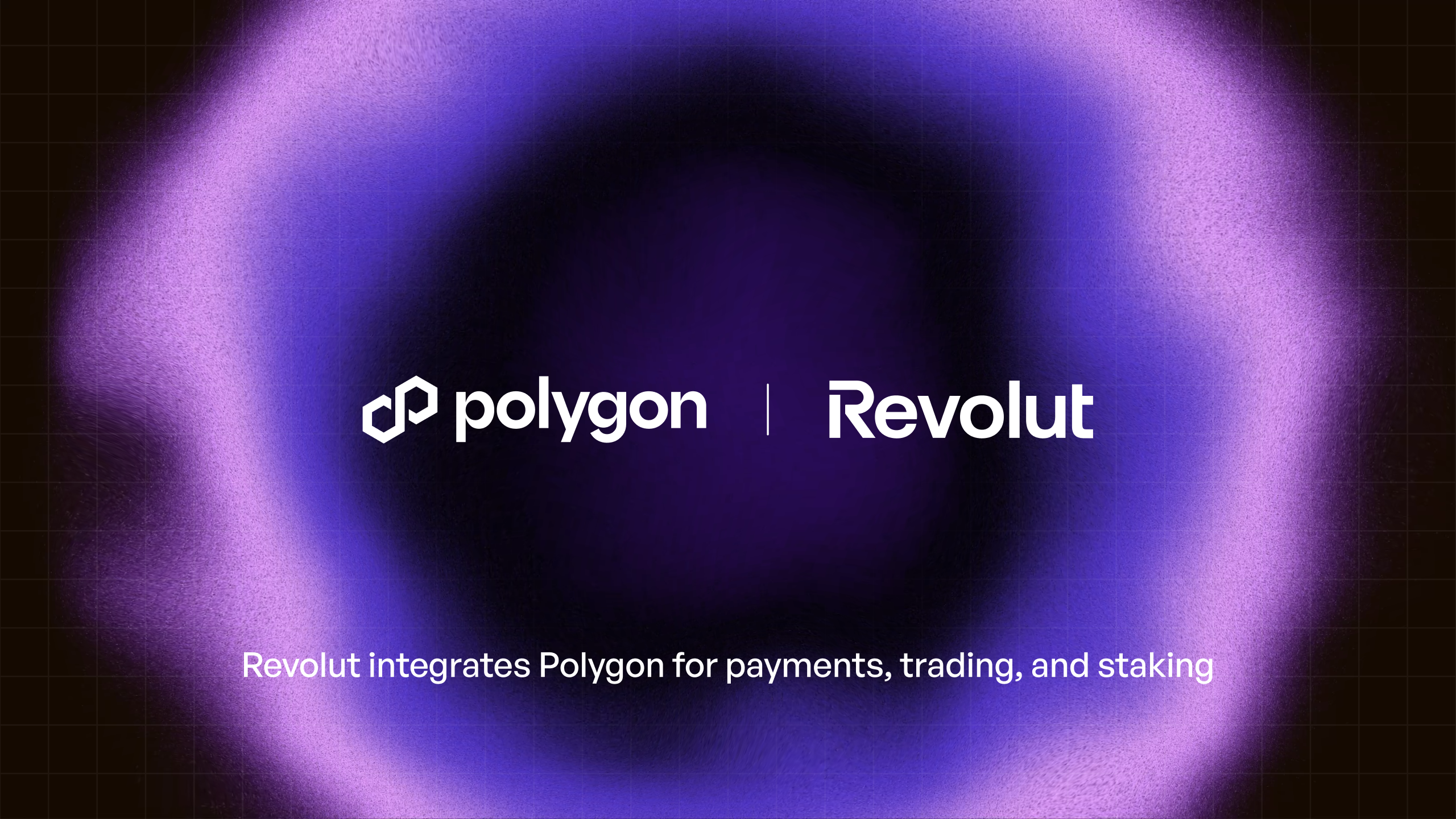
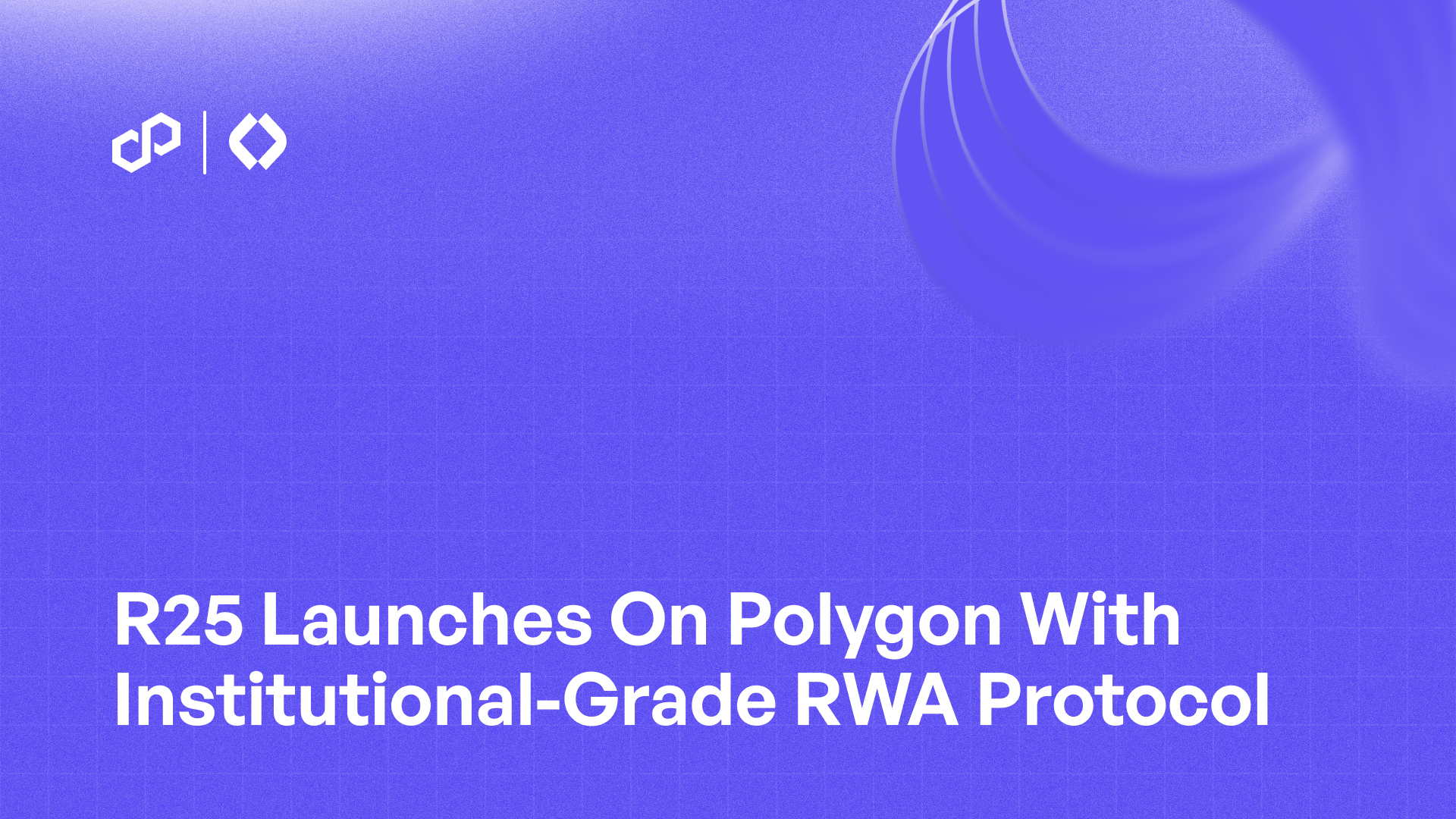

%20(1).png)

.png)

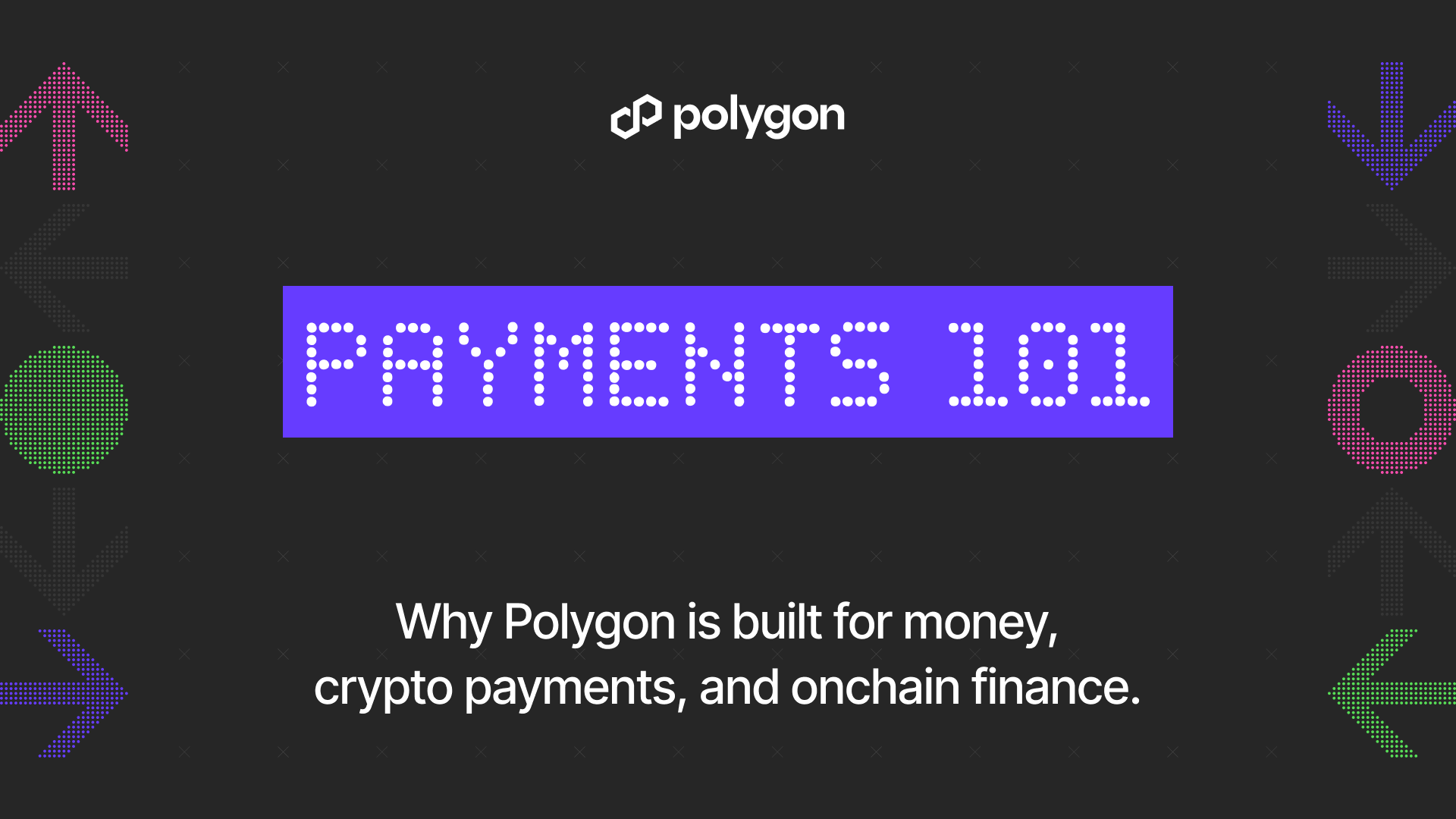
.png)
.png)
.png)
